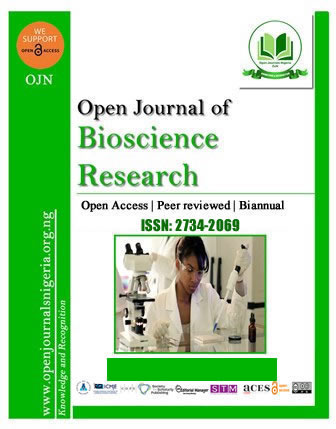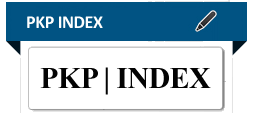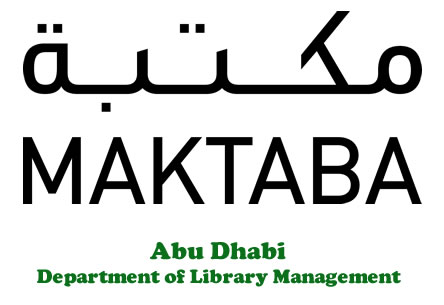ASPECTS OF REPRODUCTIVE BIOLOGY AND ABUNDANCE OF AFRICAN BONYTONGUE (HETEROTIS NILOTICUS) IN GREAT KWA RIVER, NIGERIA
DOI:
https://doi.org/10.52417/ojbr.v1i1.59Keywords:
fecundity, egg, gonadosomatic index, Great Kwa River, Heterotis niloticus, hepatosomatic indexAbstract
This study was conducted to evaluate some aspects of the reproductive biology of the African Bonytongue Heterotis niloticus from the Great Kwa River, Cross River State Nigeria with the view to encourage conservation and rational measures for sustainable management of the species. A total of 62 matured H. niloticus were sampled and their gonadosomatic index (GSI), hepatosomatic index (HSI), condition factor, fecundity and egg diameter (mm) were studied in other to determine the spawning season of the fish. Gonadosomatic index and hepatosomatic index showed an inverse relationship during spawning seasons. Total length (TL-cm) ranged between 47.1 cm – 76.2 cm and total weight (TW – g) ranged between 4300g - 1169g with sex ratio of 1:1.2 (male: female) revealing a dominant female population. Fecundity ranged from 511 oocytes (48.4cm TL; 1.69 kg wt, 5.9g gonad weight) to 7822 oocytes (69.3cm TL, 3.11kg wt. 14.9g gonad weight). The regression equation derived from the scattered diagram in the relationship between fecundity and total weight, total length gonadosomatic index and length-weight is; F= 6.6231TW0.837, R2= 0.2456; F= 5.1112TL1.6367, R2= 0.1606; F= 10680GSI0.9276, R2= 0.6567; TW= 0.4072TL2.0987, R2= 0.7533, the relationship were significant (p < 0.05). Fecundity and ovary weight relationship showed a positive correlation coefficient of 1. The highest egg diameter (0.92±0.01) was recorded in May and other months with corresponding high gonadosomatic index performance to confirm spawning period. In view to encourage conservation by investigating measures for sustainable management of the species, this study observed that H. niloticus spawns throughout the year.
Ikot, N. U. | Department of Zoology and Environmental Biology, University of Calabar, P.M.B.1115 Calabar, Nigeria
Published
How to Cite
Issue
Section
Copyright (c) 2020 Ikot, et al.

This work is licensed under a Creative Commons Attribution 4.0 International License.





















